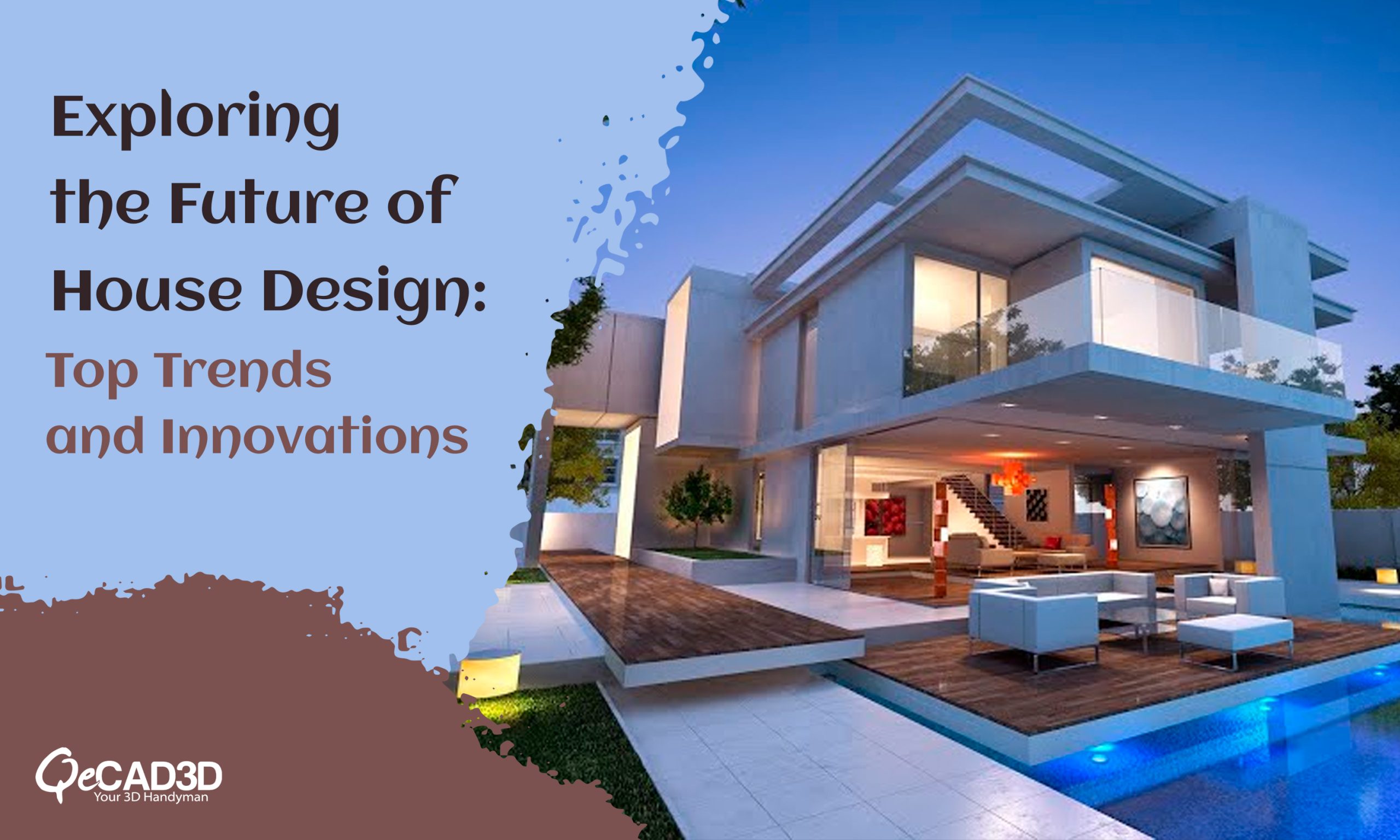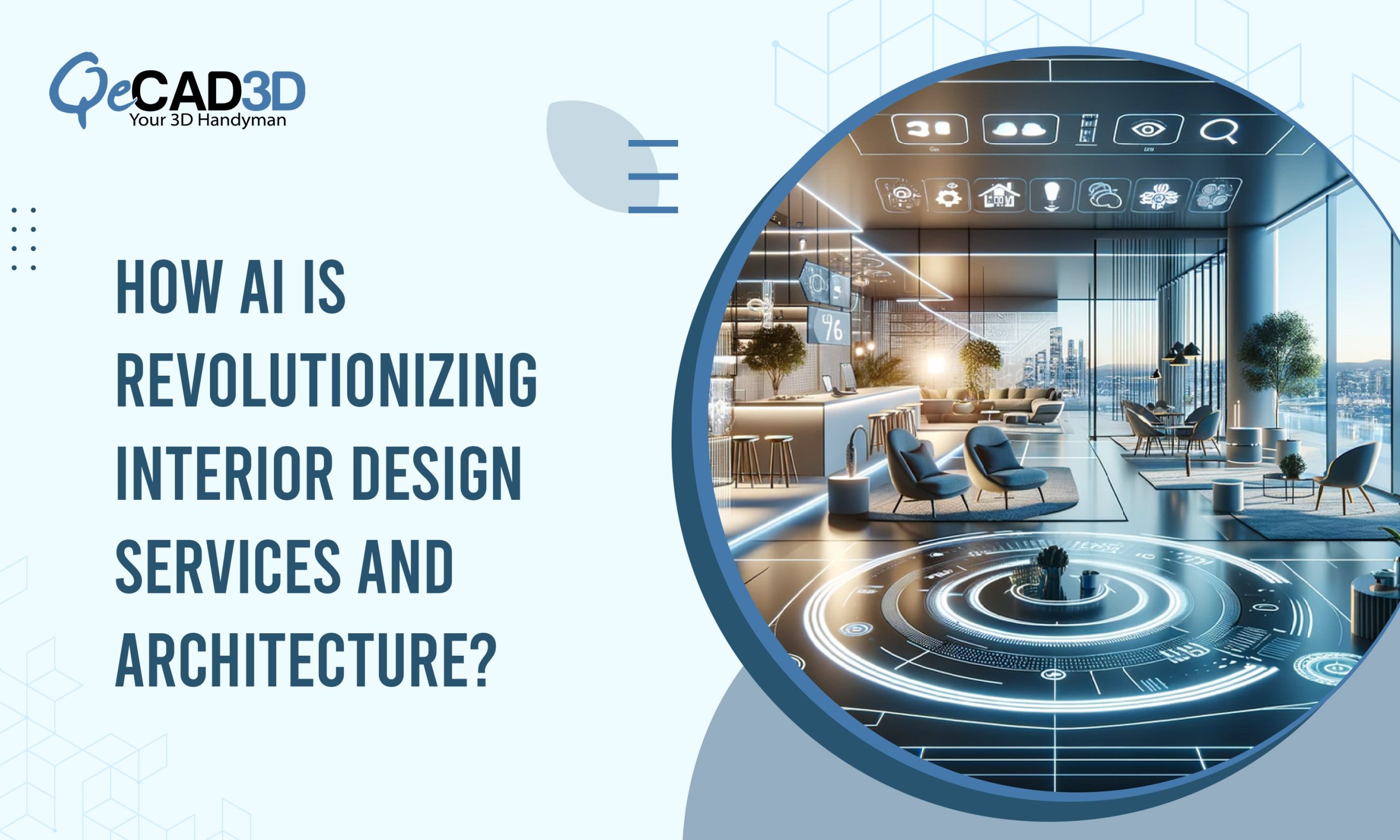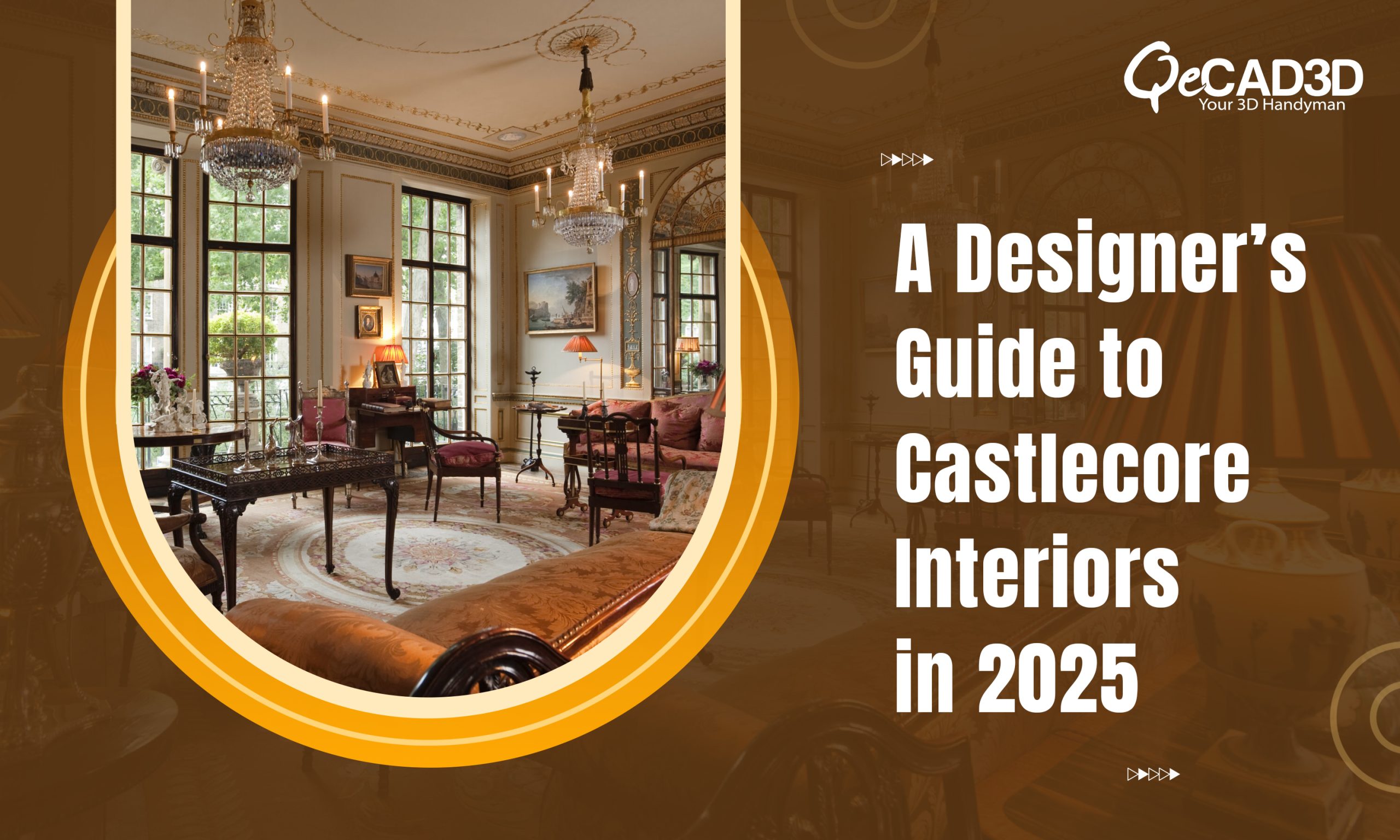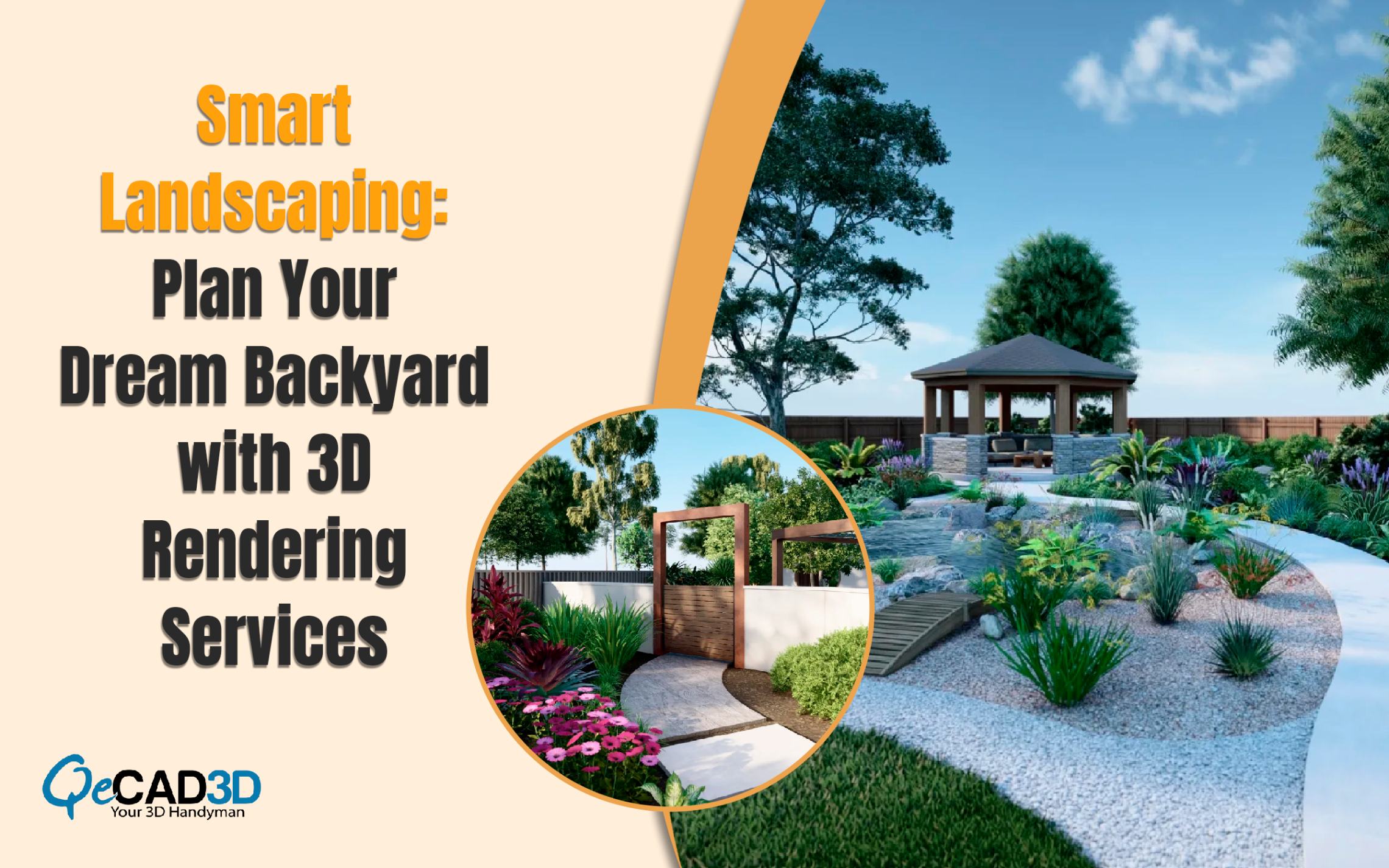Exploring the Future of House Design: Top Trends and Innovations
Introduction
The world of house design is ever-evolving, driven by changing lifestyles, technological advancements, and environmental concerns. As we step into the future, our homes are set to undergo a transformation that goes beyond aesthetics. From sustainable practices to the latest technology, the future of house design promises to be innovative and pioneering. In this blog, we’ll explore some of the most promising trends and innovations to look out for in house design.
The Upcoming Trends and Technology for House Design
1) Sustainable Living
One of the most significant trends shaping the future of house design is a growing emphasis on sustainability. As concerns relevant to climate change and resource depletion continue to rise, homeowners and designers seek ways to reduce their environmental footprint. Sustainable design principles are incorporated into every aspect of house design, from materials and construction techniques to energy usage and waste management.
Green building materials like recycled steel, reclaimed wood, and energy-efficient insulation are becoming more prevalent. Additionally, solar panels, energy-efficient appliances, and smart home systems are making it easier for homeowners to cut down their energy consumption and environmental impact. Visualizing the integration of these sustainable elements becomes even more accessible with rendering services, allowing homeowners to see how these eco-friendly features blend seamlessly into their living spaces.
In the future, we can expect to see more self-sustaining homes with features like rainwater harvesting systems, greywater recycling, and even vertical gardens that help filter the air and provide fresh produce.
2) Modular and Flexible Spaces
Flexibility and adaptability are becoming paramount in in-house design. The traditional notion of fixed, static rooms gives way to modular and multi-purpose spaces. These versatile areas can be easily reconfigured to accommodate changing needs and lifestyles, a concept that can be visualized effectively through 3D Floor Plan Services.
For example, a room that serves as an office space during the day can be converted into a cozy bedroom or entertainment area at night. This flexibility is achieved through modular furniture, movable walls, and smart and adaptable solutions. As urbanization continues to rise, such designs help maximize the efficient use of limited living space.
3) Smart Homes and IoT Integration
The Internet of Things (IoT) revolutionizes how we interact and connect with our homes. Technology is becoming increasingly integrated into house design, from thermostats that learn your preferences to smart appliances that can be controlled remotely. 3D floor plan services and interior rendering services can illustrate how these smart devices seamlessly fit into the overall design and functionality of the home.
In the future, we can expect even more leveled-up IoT applications. Imagine homes that can adjust lighting and temperature based on your mood or automatically reorder groceries when your pantry is running low. Voice-activated assistants will likely become even more sophisticated, serving as central hubs for controlling every aspect of your home.
4) Biophilic Design
In our fast-paced, technology-driven lives, there’s a growing appreciation for nature and natural elements. Biophilic design aims to incorporate elements of the natural world indoors, creating spaces that connect us with nature and promote well-being. This trend is expected to gain momentum in the upcoming era and can be beautifully represented through Interior Rendering Services.
Houses of the future may incorporate features like living walls, large windows that frame natural views, and materials that mimic the textures and patterns found in nature. The goal is to create environments that reduce stress, increase productivity, and enhance overall quality of life.
5) 3D Printing and Prefabrication
The construction industry stands on the brink of a revolution, thanks to advancements in 3D printing and prefabrication methods. These technologies offer numerous benefits, including reduced construction time, less waste, and the ability to create highly customized designs.
In the future, 3D printers may be used to create entire building components, from walls to furniture. This level of customization allows homeowners to have a say in every detail of their home’s design, resulting in genuinely unique living spaces.
6) Energy Efficiency and Net-Zero Homes
The push for energy efficiency in house design is unrelenting. As energy costs and environmental concerns grow, more homeowners seek to create net-zero energy homes. These houses generate as much energy as they consume, typically through a combination of solar panels, primitive insulation, and energy-saving appliances.
The future of house design will likely see even more advanced solutions for energy efficiency. For example, homes may incorporate advanced energy storage systems to amplify the use of renewable energy sources, further reducing reliance on the grid.
7) Virtual Reality (VR) and Augmented Reality (AR)
VR and AR are not just limited to gaming and entertainment; they also have a place in house design. These technologies allow homeowners to experience their future homes before construction begins. They can virtually walk through different design options, experiment with color palettes, and make informed decisions about their living spaces.
Architects and designers can also use VR and AR to collaborate more effectively with clients, providing immersive design experiences that lead to better outcomes.
Conclusion
The future of house design is an exciting landscape filled with innovation, sustainability, and adaptability. The possibilities are endless, from sustainable living and smart homes to modular spaces and 3D printing. As technology advances and our understanding of sustainable practices deepens, we can look forward to living in homes that are aesthetically pleasing, environmentally responsible, and perfectly tailored to our needs and desires. Embracing these trends and innovations will undoubtedly shape how we design, build, and live in our homes in the future.






